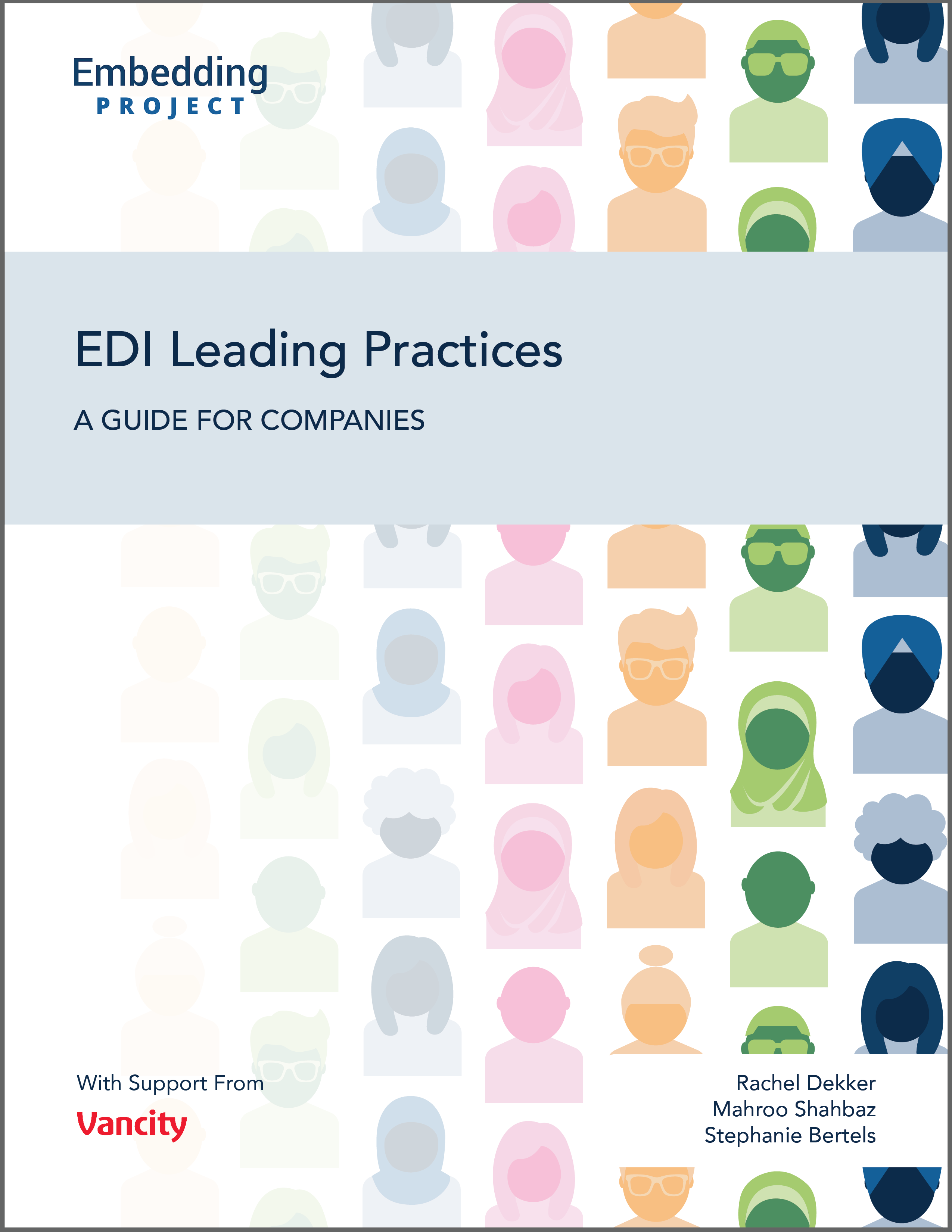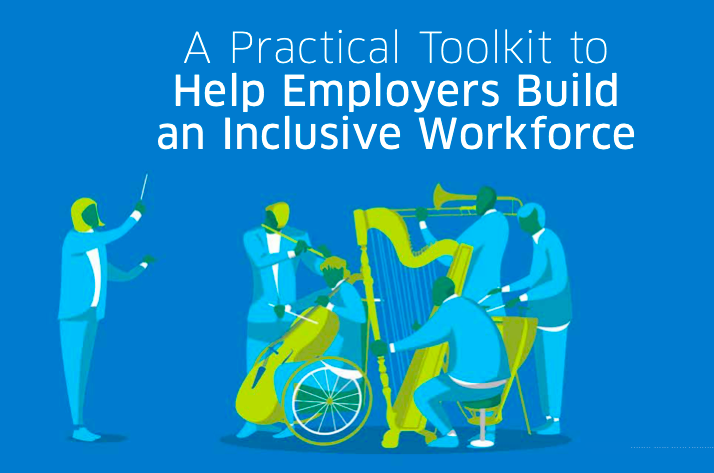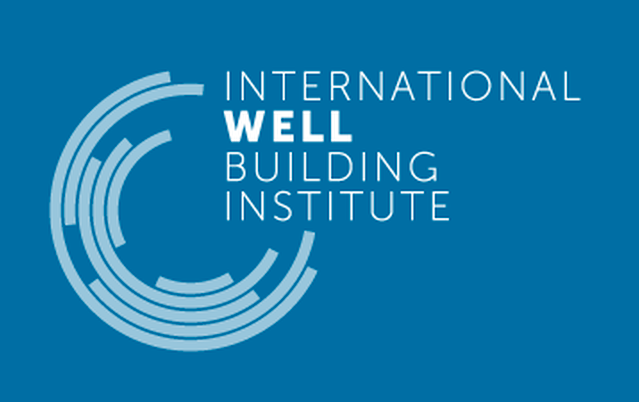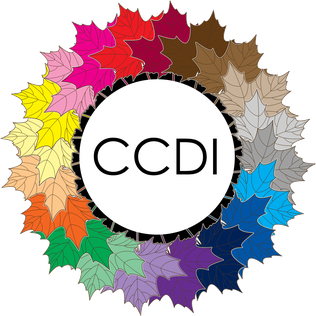Foster Employee Wellbeing
Description
These resources highlight the benefits of putting the health and wellbeing of your workers at the forefront of your strategy, and will help you to conceive of proactive, holistic, inclusive, and effective approaches to treating employees fairly and accounting for their unique needs.
Share this Practice on:LinkedIn
Resources
EDI Leading Practices: A Guide for Companies
Workplace equity, diversity, and inclusion (EDI) is a complex and rapidly evolving space, and increasingly, companies are interested in understanding how to meaningfully advance EDI in their organisations. To help them do so, we consulted EDI research and guidance, reviewed practices of over 100 companies, and sought input from practitioners across a range of industries and geographies. Our Equity, Diversity, and Inclusion Leading Practices Guide offers a comprehensive framework with practices, case studies, and resources to help organisations embed EDI into their strategy, structures, and culture.
Racial Equity Tools
Racial Equity Tools has compiled a vast library of resources that can help you to understand and advance racial equity within your organisation. The library is arranged into four broad "themes," including fundamentals, such as core concepts, the history of racism and movements, data, and resources; planning that examines key issues, such as economic security and language justice; acting to find strategies and advocate for ending structural racism and advancing social change; and evaluating progress and results.
A Practical Toolkit to Help Employers Build an Inclusive Workforce
This toolkit from the Mental Health Commission of Canada is an excellent resource for creating an accommodating and inclusive workplace and addressing the needs of workers living with mental illness. The toolkit is divided into five sections: an organisational self-assessment that can help you to identify what your organisation is doing well and where it can improve; an exploration of workplace strategies and resources for addressing key issues; case scenarios; a framework to help you assess your organisation's ROI and predict related costs; and practical tools that can help you to monitor, evaluate, and ensure ongoing improvement. The toolkit will benefit HR professionals and employees tasked with wellness, diversity, and other sustainability-related responsibilities to improve recruitment and retention, and to support policies and practices that affect everyone.
WELL Building Standard
This research-informed resource from the International WELL Building Institute (IWBI) can help you to create and support thoughtful and intentional spaces that enhance human health and well-being. WELL draws upon the expertise of medical professionals, public health experts, building scientists, and thousands of other practitioners and WELL users to advance the quality of life of workers. The standard addresses ten key concepts such as air, light, thermal comfort, movement, and materials in the workplace, and provides evidence-based recommendations for performance-testing and optimisation.
Canadian Centre for Diversity and Inclusion
The Canadian Centre for Diversity and Inclusion (CCDI) has created a range of reports, resources, and toolkits to help you with advancing equity and challenging racism in the workplace. These resources include leadership and workplace guides that focus on creating inclusive and safe spaces, as well as step-by-step toolkits that explain how to navigate race in the workplace and develop a diversity and inclusion strategy. Although much of the CCDI's content is written from a Canadian context, most of their insights and lessons are universally relevant.
Why Workplace Wellbeing Matters: The Science Behind Employee Happiness and Organizational Performance
This comprehensive, data-driven book from Jan-Emmanuel De Neve and George Ward can help you to better understand workplace wellbeing and its drivers. The book is divided into four parts: part one defines workplace wellbeing, explains why it is important, and examines the current state of workplace wellbeing; part two identifies the drivers of workplace wellbeing and how to improve them; part three explores the benefits of workplace wellbeing; and part four examines the future of work and wellbeing. This book will be especially helpful for HR professionals and sustainability professionals.
Why corporate well-being initiatives need to get personal
Urgent global issues such as wealth inequality, technological disruption, and diminished trust in institutions are forcing organisations to re-evaluate their business purpose and reconfigure their wellbeing initiatives. This article explores some simple ways to make your wellbeing strategy more employee-centric, such as by leading with purpose, upskilling employees to ensure future success, and using data and analytics to align benefit investments with what employees want and need.
The Wellness Syndrome
Are corporate wellness programs making people worse? Researchers Andre Spicer and Carl Cederström explore how our current approaches to wellness may be resulting in guilt, reduced productivity, and a number of other outcomes that actually make us less healthy and more anxious. This will be an interesting read for practitioners involved in wellness programs at their organisations.
Living Pension
Pursuing Living Pension accreditation from the Living Wage Foundation can help your company to tackle pension poverty and put your employees' financial futures first. Building on the Living Wage accreditation, this accreditation provides an annual savings target for Living Wage Employers to provide workers with financial security now and in the future.
Share this Practice on:LinkedIn








